SUPERSALONE - A signal to restart the entire industry*
Every year in April in Milan an important conversation takes place, which literally shapes the world around us because we all use furniture and products for the environment we live in. During the 60 years of Salone del Mobile's existence, more and more companies and designers realized that they wanted to be a part of it, and the number of participants grew steadily. Until last year, when the exhibition was postponed several times due to the pandemic.
This year, Cosmit, the institution that has been organizing Salone since 1961, took the risk, despite the global situation, to make a special autumn edition of the fair in Milan under the name Supersalone. Most companies responded quickly and organized their usual events in the city as well, thus giving life to Fuorisalone, a favorite exhibition outside the fairgrounds, and keeping the soul of Milan Design Week alive. 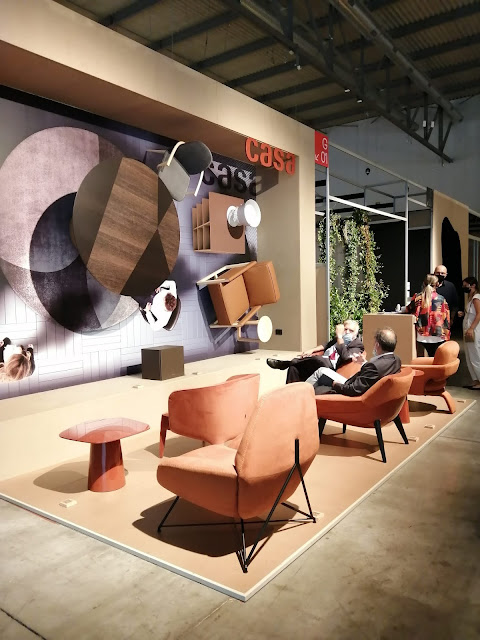
Surprisingly for many, the result was impressive! The curator arch. Stefano Boeri and his international team proved that Supersalone was a suitable choice of name - the smallest Milan Design Week in years had the greatest impact. Visitors to Salone fell dramatically from record 386,000 people in 2019 to about 60,000. And only 30% of them and 16% of the exhibitors were from abroad. But it succeeded not only to show how real sustainability looks and what a true circular economy means - at least in terms of exhibitions, but also how this can contribute to democracy.
The return of the furniture fair in Milan was marked by a new layout and products with which designers and manufacturers strive to respond adequately to our changed lifestyle. Traditionally limited to professionals only on most days, this year the fair was open to everyone all days and for the first time many of the products on display were available for purchase.
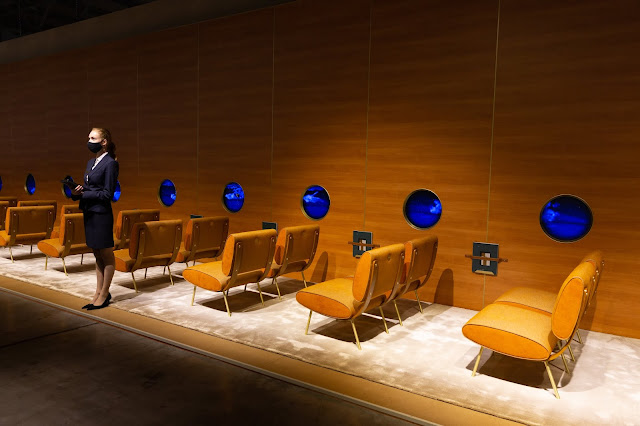 |
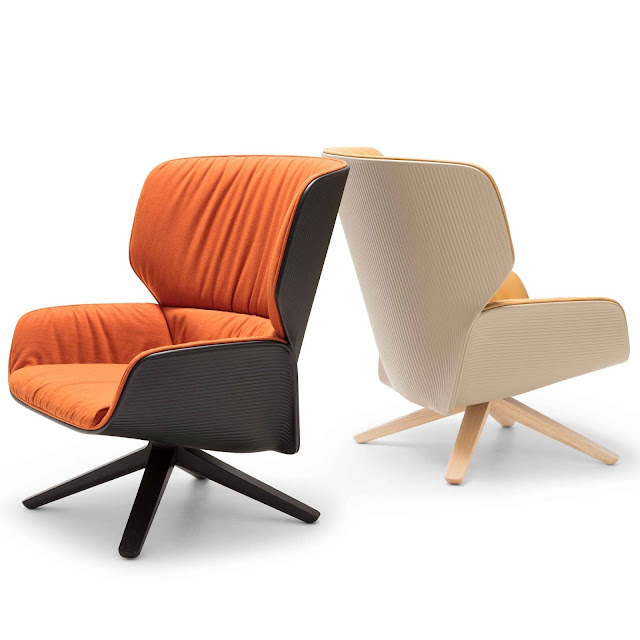 |
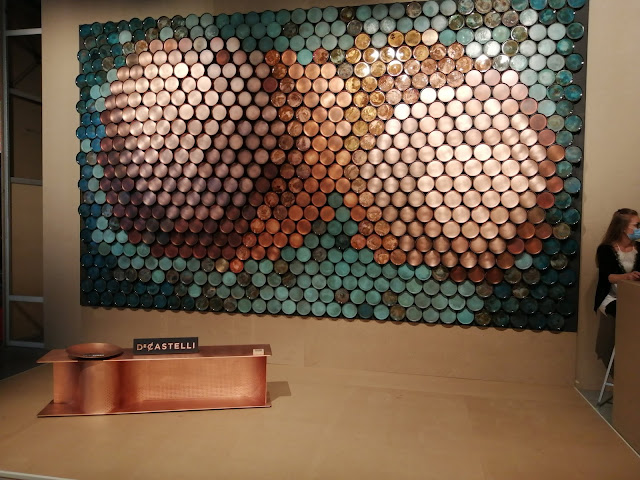 |
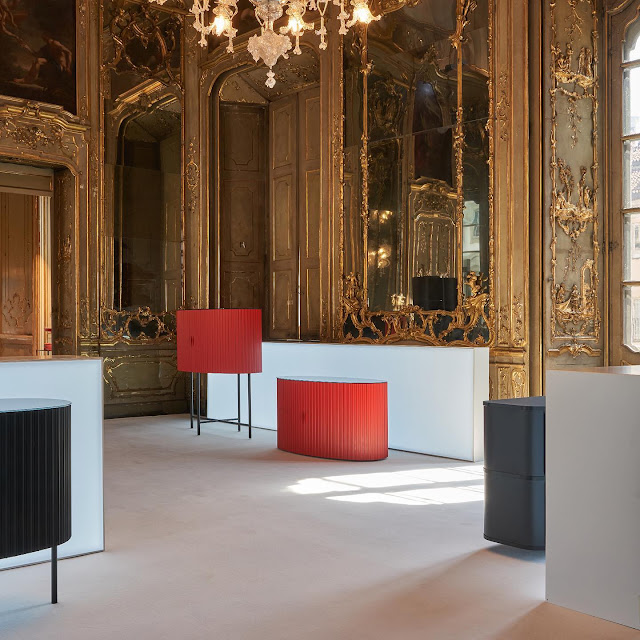 |
| photo Sistemamanifesto, Design Variations, Palazzo Litta |
The first impression when entering the fair area - there were no advertising materials and free bags we used to see all over the fair grounds in the past years. Instead, the areas both outside and inside the pavilions themselves were filled with many living trees planned to be donated to the municipality after the end of the exhibition. Meanwhile, the QR codes available for scanning at each booth, along with the new Salone del Mobile website, which presents products and brands, as well as a special free app, signaled a focus on making the fair accessible through the digital world.
Reduction to the most important on the one hand, search for comfort and protective atmosphere on the other - this is the shortest description of the new format of the exhibition, which has always been the source of trends and innovations in international design of furniture and products for interior.
All stands, places for rest and conversations were made of ordinary boards from wood particles assembled without the use of glue so that they can then be disassemble and reused again.
"Design has the ability to transform private and public spaces in accordance with the requirements of the time and the new normality " said the new President of Salone del Mobile Maria Porro at a meeting with journalists. "Furniture must again be able to be passed down from generation to generation. They can also have a second life, something we have to work on. We plan to offer companies to include in their services the possibility to rent some of the furniture they sell and thus extend their life."
Supersalone also included interesting themed exhibitions such as The Makers Show as well as many student projects at The Lost Graduation Show. It presented about 170 projects by design school graduates from all over the world between 2020 and 2021 - in many ways two lost years for the new generation of designers who, due to the limitations, could not show live their work to the industry and the public.
One of perhaps the most discussed stands was that of Molteni & C, which took advantage of Supersalone's linear design and showcased Ron Gilad's Flight D.154.5 interior inspired installation, including a new edition of the Round D.154.5 armchair, designed by Gio Ponti in 1954 and used at the Alitalia offices in Manhattan and the Alitalia Passenger Terminal in Milan.
And the one with the most generalizing message - the stand of the famous German manufacturer of luxury bathroom products Kaldewei with the title Luxusstainability, a neologism combining lux and sustainability. With it, they advertise their special "KALDEWEI enamel, in which steel and glass combine to create a timeless luxury product that is 100% recyclable and infinitely recyclable."
This seems to be the most significant trend that shows the path of the future design exhibitions. They will certainly try to really impose sustainability of the products and the way of production, but without giving up the convenience and luxury of using the highest quality materials and the best workmanship.
Such was the overall feeling of Supersalone - to search for the most important, the essence of the achievements so far, but in accordance with the new requirements for limiting unnecessary waste and a meaningful sustainable approach in everything.
The two themes of resilience and mastery seemed to hover over each stand. Because now, with the new living conditions, it is especially important that the furniture is again durable, modular and as multifunctional as possible for use in all living spaces, without sacrificing comfort or aesthetics.
A good illustration of the current requirements for furniture design is the collection of Mixu chairs by Gensler for Arper, which offers various possibilities for making the seats from recycled plastic, FSC-certified wood, fabric or leather, and they can be combined with backrests. made of plastic, fabric or leather, as well as with four-legged frames made of metal or FSC-certified wood.
Patricia Urquiola's Nuez Lounge Bio for Andreu World is a great example. Made from a biodegradable plastic shell and covered with recyclable textiles, it has a carbon footprint equal to that of wood. Announced the world's first 100 percent sustainable and biodegradable lounge chair, Nuez Lounge Bio can be easily detached from its base when its life expires.
Also worth mentioning is Philippe Starck's new Adela Rex wooden chair collection for Andreu World. Made entirely of plywood, the collection is the result of the first collaboration of the French designer with the brand and is part of the project for 100% pure wood. It is made only from selected slow-growing wood from afforestation of the company's own land. All components are easily separated and recycled at the end of their useful life. The design perfectly combines three parts without use of fittings, screws or additional materials.
On the other hand, design has always met times of challenge with bursts of colors - an effective antidote to fear, anxiety and almost any kind of crisis in society. And now, as if quite deliberately, with the richness of colors and materials with different textures the exhibited furniture created a sense of optimism and something like a renaissance of the industry. This variety of textures is also a manifestation of the pandemic's growing tendency for more sensory experiences in any contact with interior products. Most models of upholstered furniture are available with boucle upholstery and similar fluffy and embossed materials. There were many natural materials - wood, marble, glass, metal, especially copper, often combined together, in interesting forms and masterful implementation.
This abundance of colors and materials was clearly seen not only at the Rho fairgrounds, but also in the many installations and exhibitions around the city, where again the beautiful interiors of the famous palaces were an inspiring setting for interesting scenographies. The independent Fuorisalone program this time hosted a list of only 594 events - less than half compared to 2019, but even in such a reduced version it was difficult to cover all of them.
Trendoffice INTERIOR DESIGN CONSULTING
Trendoffice INTERIOR DESIGN CONSULTING services: - Interior design projects and consulting: •Space Planning and Furniture Layout •Finishes, Furnishings and Equipment Selections •Design Custom Furniture •Green and Sustainable Design Capabilities •Furnishings, Art and Accessories Procurement •Project Management •Installation Coordination - Curational projects and consulting - Design writing: •articles on design, trends, events •reports - Decoration - Re-design - Trends reserach and analysis


